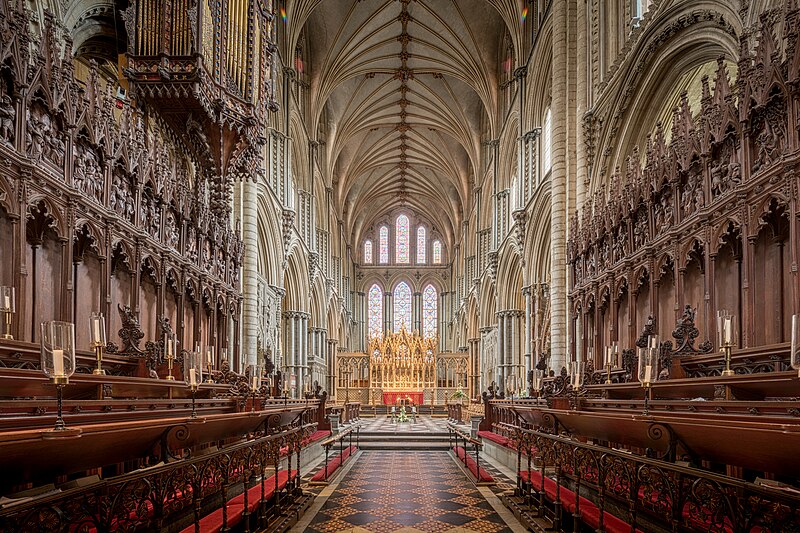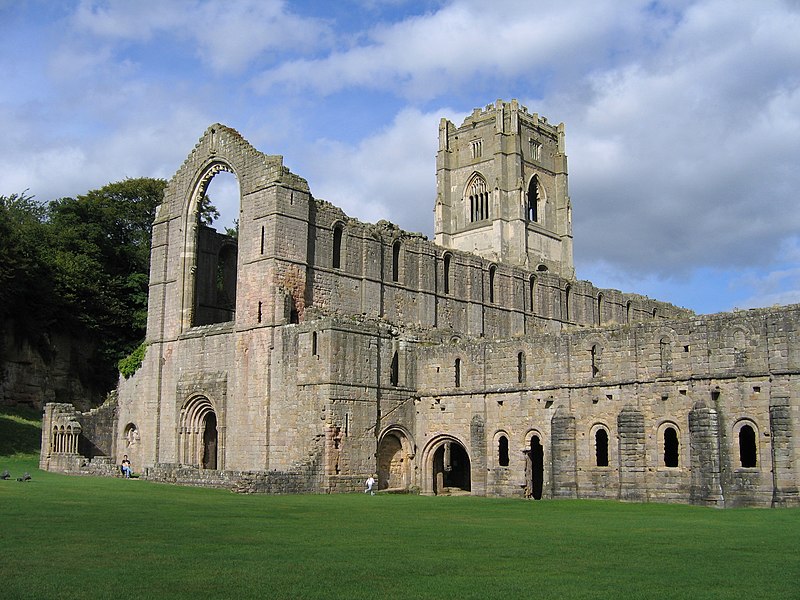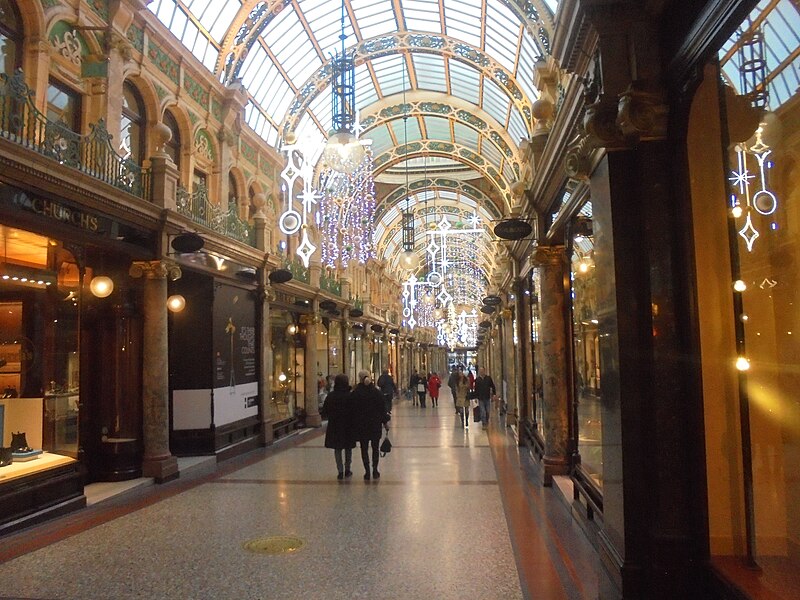The 1997 British comedy film The Full Monty is a product of
two vastly different phenomena that arose during the latter part of the 20
th
century.
The first was the decline of
the steel industry, which hit the Yorkshire city of Sheffield particularly
hard.
Many blame Margaret Thatcher for
this, but there were multiple factors, including competition from other
countries and low productivity.
Increased automation was another development, all of which put a lot of
steel workers out of a job.
The other phenomenon that appeared during this time was that
of groups of male strippers, the most famous of which are The Chippendales,
still going strong today.
Their performances
gave hordes of leering women the chance to get their own backs for the
objectification of the female body, flocking to large venues to whoop and cheer
at the sight of muscly oiled male bodies, no doubt helped along by large
quantities of alcohol.
The Full Monty manages to unite these two themes, telling
the tale of a group of unemployed steel workers who decide to turn their
fortunes around by forming a male stripper group.
Almost all of the filming took place in and
around Sheffield, using glamorous locations such as an Asda supermarket,
factories and a working men’s club, as well as many of the city’s streets.
 |
| View over the city from Bingham Park - geograph.org.uk - 16529. Sheffield, where most of the scenes were filmed. Photo by Paul Store, via Wikimedia Commons. |
The steelworks which put the men out on the streets in the film are
represented by the building formerly occupied by Sanderson Special Steels in
Newhall Road, Attercliffe.
The
Shirebrook Colliery in the film was filmed at a Rolling Mill in the city.
The factory where Gaz’s ex-wife Mandy works is
actually the now closed Eversure Textiles, which used to have premises at the
Northpoint Industrial Estate.
Various locations around the city were used for scenes
involving the characters’ homes: Gerald’s house in
Whirlow Park Road; Gaz’s house in Oxford Street; Dave’s house in Meadowbank
Road.
Manor Oaks Road is seen in the
keep fit sequence, while the most poignant scene in the film, featuring
Lomper’s suicide attempt, was filmed in Pickering Road.
Orgreave Way is where the ASDA supermarket
was filmed, and the burger bar scene was filmed in Cambridge Street at Pepes,
which is now at a different address.
The Job Centre where the lads are seen signing on was filmed
at an actual Job Centre, or rather Job Centre Plus at the corner of Bailey Lane and West Street.
The school building in
the scene where Gaz drops off his son is actually the
Sheffield Boxing Centre in
Burton Street.
The Millthorpe Working
Men’s Club in the film, where the group finally get to strut their stuff, is
represented by the
Shiregreen Working Men’s Club at 136 Shiregreen Lane.
Out and about in the fresh air, the park where Gerald spends his days on a park bench, having kept quiet to his wife about his unemployed status, and where the lads
invite Gerald to be their choreographer, is Ruskin Park in Walkley.
The park was created relatively recently on
the site of a number of streets which were cleared in the early 1980s.
The city’s Crookes Cemetery is where Lomper’s
mother is laid to rest.
The cemetery
includes 70 graves of service personnel who served in the First and Second
World Wars.
Finally, the scene in which
Gaz and Dave are stranded on a sinking car was filmed by Bacon Lane Bridge in
Attercliffe, on the
Sheffield and Tinsley Canal, which forms the upper four
miles of the Sheffield & South Yorkshire Navigation.
The canal was opened in 1819 to serve as a
link between the River Don and a basin in the centre of the city.
Visitors to Sheffield who want to find out more about the
city’s industrial heritage will find what they are looking for at the
Kelham Island Museum.
Metal features heavily in
the works on display at the
Millennium Gallery, which also contains the Ruskin Collection of works of art.
The art
critic John Ruskin put the collection together with the help of his Guild for
the benefit of the city’s metalworkers.
Map of the area.
.jpg)

.jpg)

.jpg)



.jpg)



























